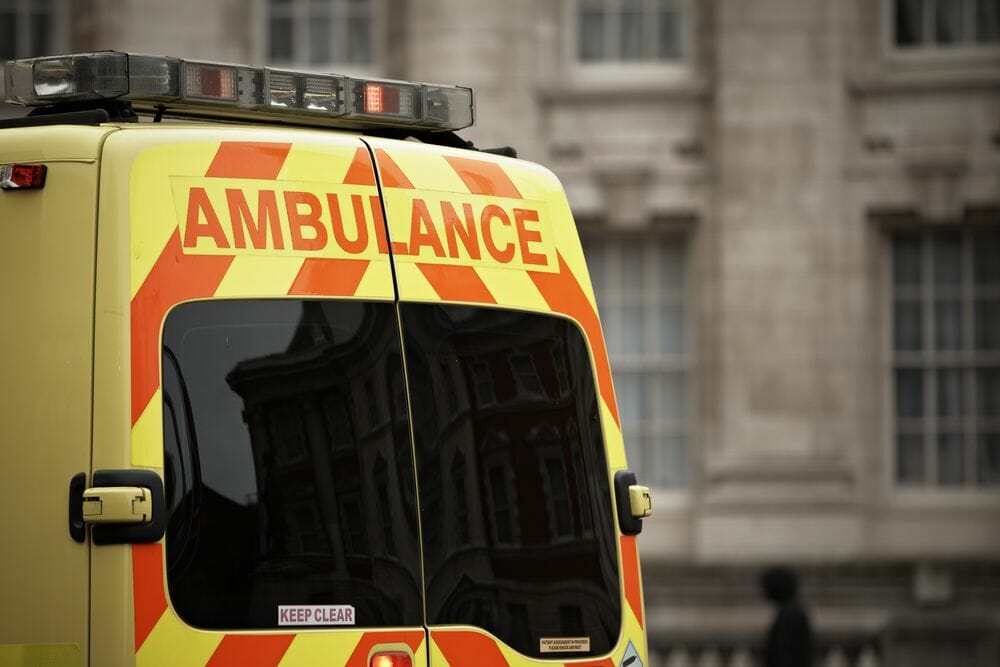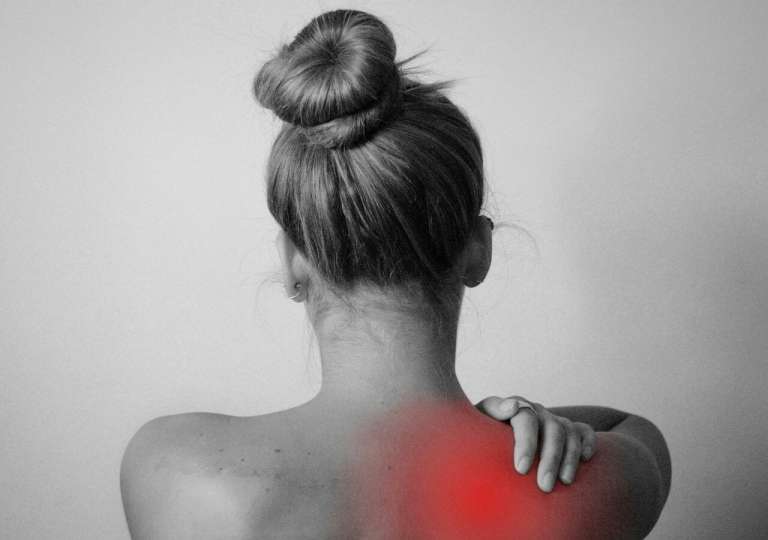South East Coast Ambulance Service Foundation Trust has been rated “requires improvement” after an inspection this summer. The are to stay in special measures after the Care Quality Commission said it was too early to judge if improvements were embedded or sustainable.
Impact on Staff and Patient Safety
The South East Coast Ambulance Service Foundation Trust had been rated “inadequate” at inspections in 2016 and 2017. However, despite many improvements, inspectors raised concerns about the increased risks to people who had fallen and had to wait for an ambulance. Staff did not always report these waits through the trust’s incident reporting system – something SECAmb addressed immediately when inspectors raised the issue.
A CQC spokesman said inspectors found although staff were well-motivated, there were staff shortages which had an impact on both worker and patient safety.
He said: “On emergency calls, the trust was above the national average for category 1 and 2 response times, for people with life-threatening injuries.
“However, some patients classified as category 3 or 4 were at an increased risk as a result of experiencing long delays
Inspectors were also concerned about whether the trust was monitoring patients who had lengthy waits for an ambulance. Out of 73 elderly patients, the CQC looked at, only nine had received the required number of welfare calls to check on their condition.
The report highlighted that, when the trust is under pressure, ambulances may not be sent to some lower priority cases, but staff struggled to review these calls and clinicians felt there was only limited information on the trust’s computer system on the patient’s severity. The trust is now planning to recruit additional staff to ensure that welfare calls are made.
The report also highlighted inadequate staffing in the emergency operations centre and problems answering calls promptly. The Health Service Journal reported earlier this year 999 calls were being left unanswered for up to 10 minutes, which is believed to have led to the death of two patients.
Signs of Change
CQC chief inspector of hospitals, Ted Baker, said there were “signs of change” in SECAmb. The organisational culture had improved and many staff felt the situation with bullying and harassment had got better, according to the report.
“It is clear that this board understand the importance of a culture that supports and values staff. Although there has been progress in addressing the immediate issues, we felt that it is still too early to judge their effectiveness and for that reason, I believe the trust should remain in special measures for now,” he said.
Secamb said it was “aware there remains work to be done”.





